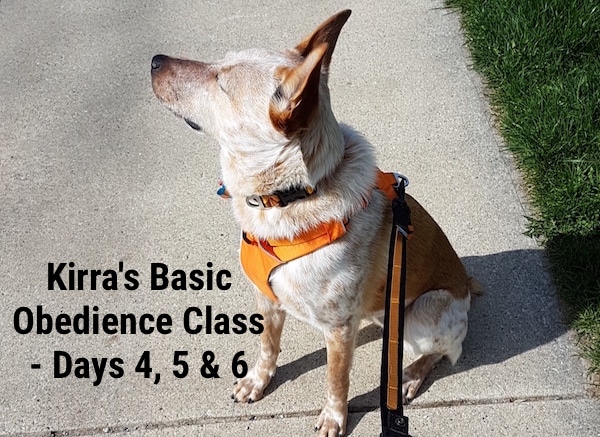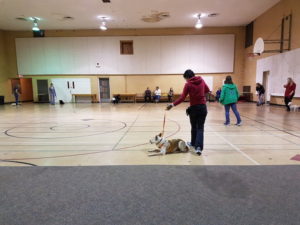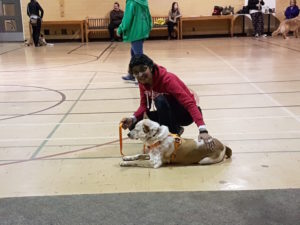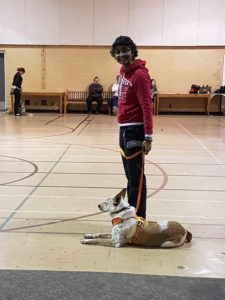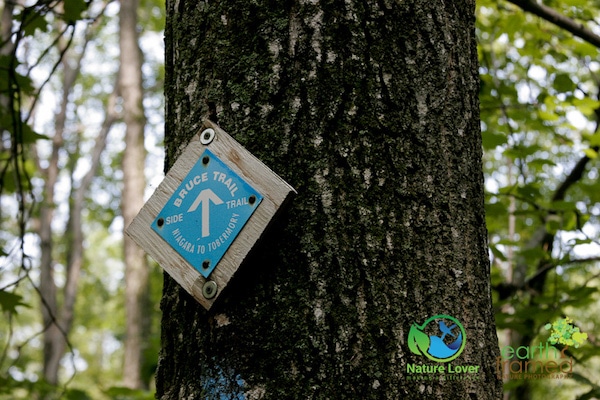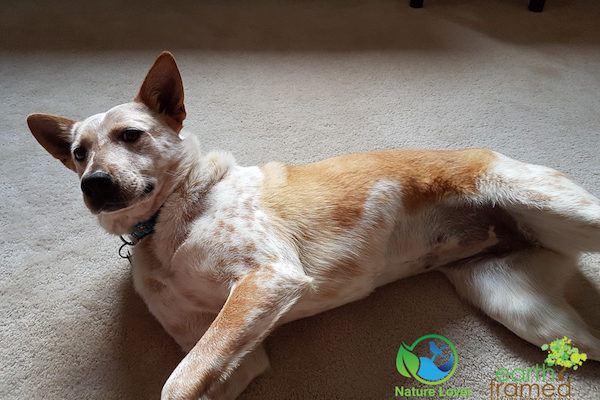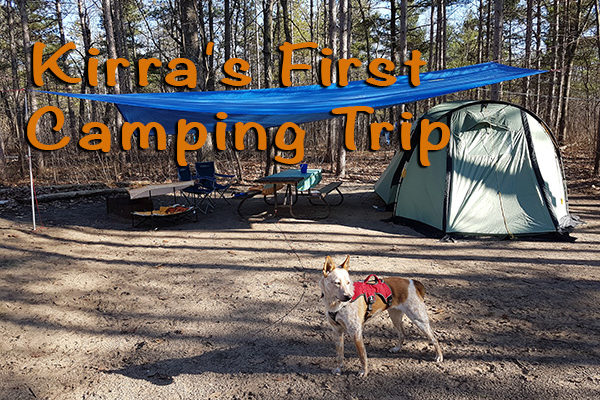Kirra is a reactive dog on walks and if a person is walking in the neighbourhood or on a trail, she is one of those dogs that barks and lunges in a way that can be scary. It’s scary for us and I’m absolutely sure it’s scary for those it is directed at. If a person is walking with their own dog, this seems to mitigate her reaction to the people.
This behaviour is a completely new thing for us because Maya loved people but was wary of dogs. Kirra is the complete opposite. We met with our obedience instructor before class one day to discuss solutions. The first thing she recommended was a basket muzzle. She said that we were probably getting anxious about the possibility of her lunging or even biting someone and that actually made the situation worse because she could sense it. A muzzle would give us piece of mind and it would protect other people on the street, which in turn protects us and her. So we purchased a muzzle and have started to do ‘positive muzzle training’. What this means is that we didn’t just throw the muzzle on her. We are teaching her that it is a good thing so that hopefully she’ll actually enjoy wearing it (or at least not hate it). Muzzles are also good for dogs that are fearful and those that like to eat everything they can find off the street.
The first obstacle, when thinking about muzzles, was that we had to face was our own pride and the stigma that muzzles have.
Day 4
The fourth day of the class included a lot of practice of the techniques already taught. At this point in the course Kirra was suppose to be sitting automatically whenever we stopped. No command or pressure should have been needed, but if she didn’t sit we merely gently pressed her down into position. At home this was practiced during almost every walk. We had her sit at ever corner, whenever we crossed roads and also randomly.
We also did “Sit / Stay” by having the Kirra in a sit position and then pivoting out in front of her and back while she remained sitted. If she moved, she was put back into the position and the movements were tried again. “Sit / Down” was also practiced. At this point in the class we started to have her stay in position while we walked around her, still holding the lease. Again, this is to teach her to stay in a position no matter where we are.
Part of our homework this week was to increase the length of the stay command and to also increase the distance we moved away from her.
“Come” was reinforced again with longer distances introduced. Kirra does come very well and this command is practiced in the house, yard and on walks.
Day 5
Last week Chitra found that Kirra seemed tired during the class so we decided to walk her less during the day. This was a huge mistake! Kirra was extremely distracted and difficult during the class. Live and learn.
Day 5 was a practice day with little new techiques introduced. I didn’t get to watch the second half of the class because Kirra was so distracted she kept wanting to come to me. I left in hopes that Chitra could get her attention back. I heard that wasn’t too successful.
Today was a reminder that Kirra needs a certain amount of physical and mental exercise. The other thing we learned is that she also needs to nap in between her exercise. Every dog, just like people, will have good days and bad days. On this day it felt like we took a few steps backwards in Kirra’s training, but it wasn’t the first, and it won’t be the last.
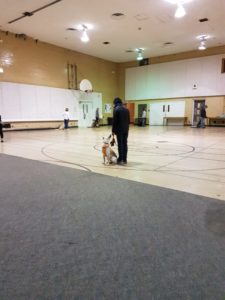

Day 6
I didn’t get any usable pictures from the last day, except Kirra’s certificate.
On the last day of the course we learned a technique that could have used from the beginning, which is the “Back Call”. This command is great for reactive dogs. While you are walking, you abruptly start walking backward while issuing the command come to the dog. The backward motion draws the dog toward you and then you can either have them sit or turn and continue walking in the opposite direction. Once the dog turns and starts coming toward you, be sure to praise them.
The last command taught is a bit of a look toward the intermediate course. The command is “Stand Stay”. This command is used during shows and such but on an every day basis it’s a great command while at the vet, during grooming and so on. With one hand at the collar you either place your other hand on the knee or you can put your hand under them belly with your palm facing down. It’s very important not to pull up on the collar since that should make the dog sit.
At the end of the class it was obvious that every dog would ‘successfully’ complete the course and there wasn’t a lot of praise for those that did well compared to those that needed constant attention and correction (or whose owners more than likely did little training during the week). Like many classrooms of students, it seemed that some dogs got special attention, while others took up time because of their inappropriate behaviour. We often had to walk around the gym waiting for the next command while certain dogs got individual help for excessive pulling, reactive behaviour and so on.
Having said that, it is good to take the class to learn the techniques and to keep you, as an owner, in the training mindset. We will more than likely take the next level of obedience class specifically to continue to hone our skills and to remind us to train Kirra every single day.


